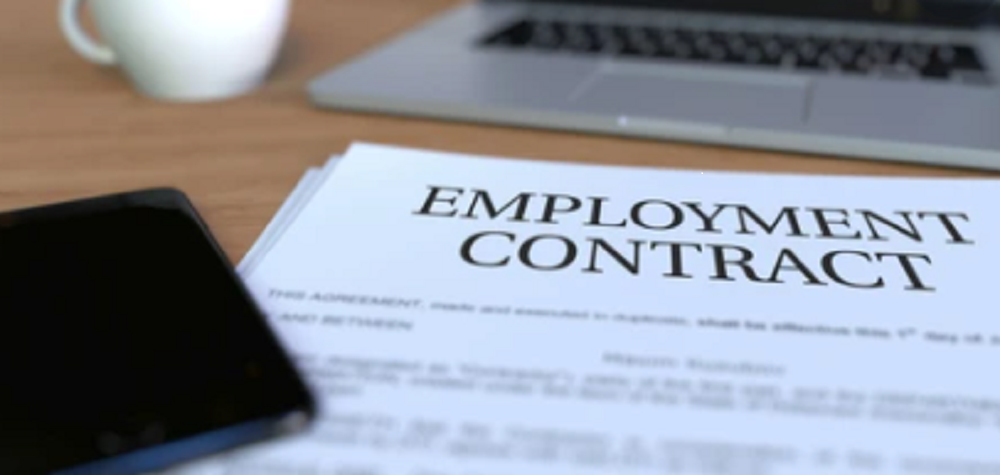I’m worried my employee is going to leave and take the team along…..
With the threat of the great resignation impacting businesses and a very tight labour market, many businesses are considering the restraint of trade clauses. Solicitation and poaching of employees and customers can cause real damage. A restraint of trade clause in an employment contract can be a beneficial tool to mitigate this business threat.
What is the purpose of a restraint of trade clause?
Restraint of trade clauses are clauses included in an employment contract that restrict what an employee can do when they leave their employer. Designed with business protection in mind, they seek to prevent an employee who is leaving a business from:
- Soliciting clients and customers
- Poaching employees
- Setting up in competition
Restraint of trade clauses is typically based on a restraint period and a restraint area. For example, the restraint clause may read for that a period of 6 months and within a distance of 50km, the outgoing employee cannot commence, engage or prepare to commence/engage in a business that is in competition with your business and any of your associated entities.
Does it actually work?
A restraint of trade clause can be enforced where it is reasonably necessary to protect the genuine interests of a business. Genuine interests include confidential information, trade secrets and customer/client networks. However, the restraint clause must be reasonable. When reviewing a restraint clause, courts will consider issues such as:
- the geographical area and duration of the restraint. The lengthier the duration and the broader the geographical location, the less likely it is reasonable.
- the nature and characteristics of the business and the employee. For example, a restraint of trade clause restricting a store person to not work for a competing business within 50km is likely to be unreasonable given they have little customer contact in their job role or access to trade secrets. On the other hand, for a sales executive who has a deep understanding of your strategic sales plan and who has close connections with your customers, it is likely to be a reasonable restriction.
- Restraint clauses are usually constructed to be read in a cascading manner. For example, in our sales executive scenario, the restraint period might likely range from six months down to one month and the restraint area from 50km down to 5km. If the court found that not working for a competing firm for six months and within a 50km radius was too harsh, it may consider a period of one month and an area of 5km is reasonable.
Top Business 360 Tip: remind exiting employees of their obligations when receiving their written resignation. This extends to restraint of trade obligations, confidentiality, and other contractual requirements.
We don’t have a restraint of trade clauses in our employment contracts. What can we do about this?
If you’re concerned about the potential loss of customers and other staff members from the actions of an outgoing employee, now is the time to consider a review of HR practices which should include issuing new employment contracts to your employees.
Business 360 can assist you in creating employment contracts with carefully drafted cascading restraint of trade clauses. We can also prepare an individual employment contract for all of your employees. For an obligation free discussion, call us on
1300 287 360 or email
info@business360pps.com.au

